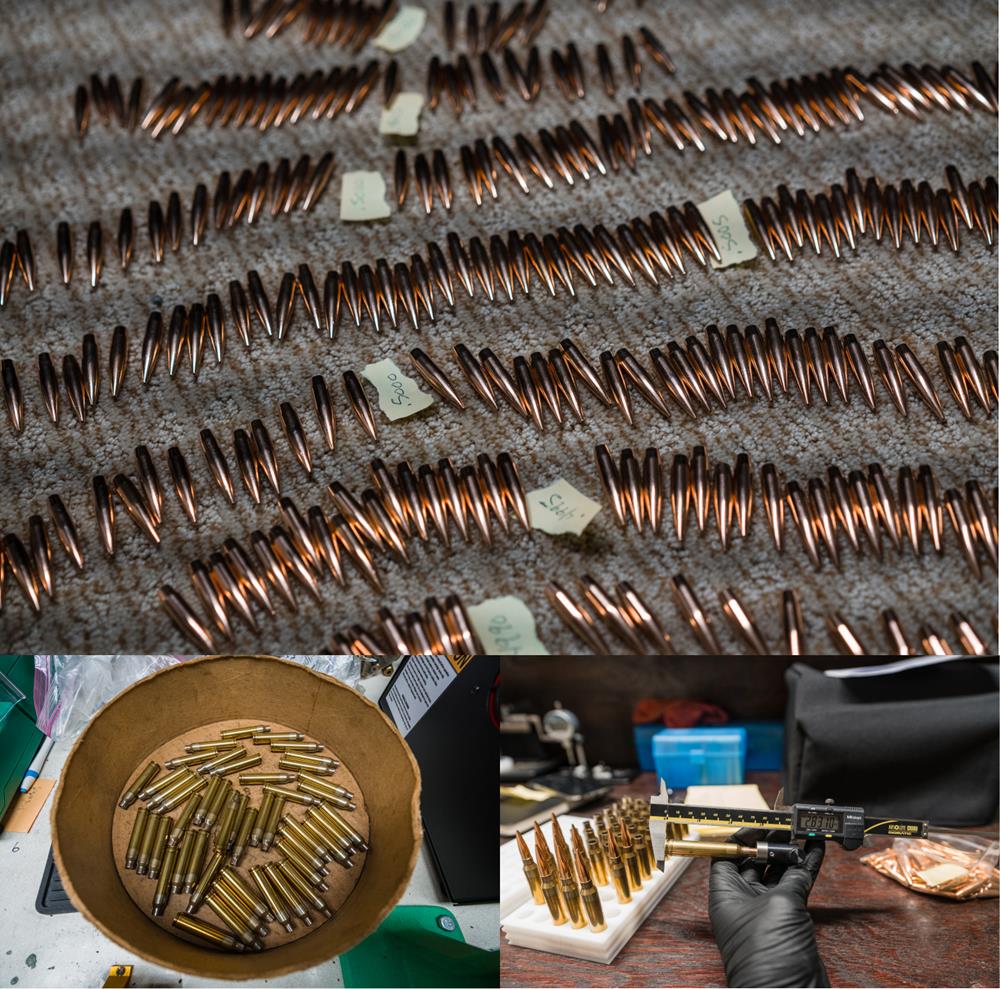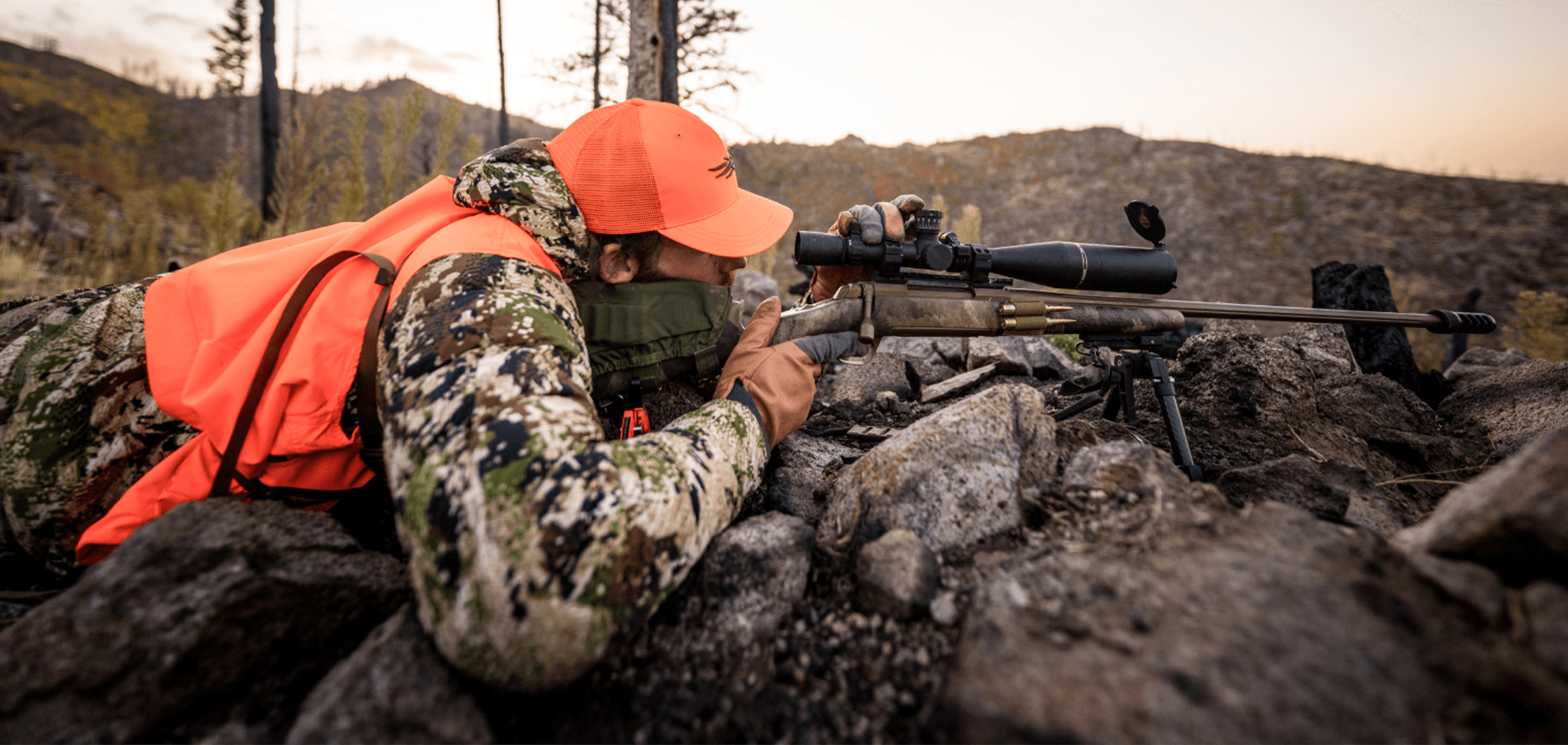1. Patience
When it comes to creating extremely accurate reloads, you need to have patience. When I’m in a rush, that is the worst time to reload in my opinion. This has the chance to cause you to forget a step that could impact accuracy and also could be dangerous
Everything in reloading is about precision and reducing things that will cause a compounding error. This is why I clear out my evening when I start to reload to ensure that I’m being as careful as I can at each stage of the reloading process.

2. Consistency is king
When I’m reloading, I only accept reloads that are exact clones of each other. Every cartridge gets the exact same treatment. The brass is all trimmed to the same length, primers are seated to the exact same depth, the powder is weighed to the exact kernel and bullets are seated to the exact pre-determined cartridge base to give measurement just to name a few. This ensures that every single load is perfected for a hunting situation.
For my reloads, I’ll gladly give up velocity for better ES (extreme spread). ES is the difference in feet per second from your fastest round to your slowest round when you measure a group through a chronograph. That has a big impact downrange at distance.

3. Weigh powder as accurate as possible
This goes along with the previous tip, but I go to extreme lengths to ensure that my powder is weighed out perfectly. For example, if my particular 300 Win Mag shoots the best at 76.0 grains, I don’t accept 76.1 or 75.9 for example. While it might take a little more time to be this precise, I owe it to the animal to make the best shot I can and so going to extra lengths to cross-check everything is essential to me.
4. Record your process/results
To develop perfect reloads, I write down every step of the process. Keeping detailed notes is tedious, but it pays off when you see what worked and what didn’t work. If you try something new, write it down, test it, and then re-analyze if it made your groups tighter.
5. Validate, validate, validate
As much fun as it is to nit-pick at my reloads, getting out to the range as much as possible will show if your recipe works for your rifle. Having a rifle that should group doesn’t excite me, rather having a rifle that’s validated to shoot extremely tight groups excites me. And those groups need to be repeatable at 100 yards and at extreme distances as well.
